Ireland Adventure
Today was a bit of a transition day. Southeast to Southwest Ireland. Waterford to Skibbereen, which is just west of Cork. However, we did find time to visit 3 fascinating sites. Our first stop was the Rock of Cashel, one of Ireland’s most famous sites.
The Rock has been a religious site for at least 1500 years. St. Patrick supposedly baptized King Aengus here in 432 AD. Aengus was the first Christian king of Ireland.
The current buildings sit atop the "Rock" and include a bell tower built about 1100, a chapel built about 10 years later and a cathedral built about 1200. To say the site is impressive would be an understatement. Hopefully our pictures will do it justice.
Right next door is another Cistercian Abbey called Hore Abbey. Built about 1200, it was in use up until the dissolution in the 16th Century, when it was abandoned and fell into disrepair. Now it is a lovely ruin sitting in the shadow of the Rock of Cashel.
We then headed to the harbor town of Cobh (pronounced Cove), also called Queenstown after Queen Victoria. The port was a major disembarking point for Irish immigrants over the last 400 years. One of those immigrants was Brad’s great, great grandmother who left Ireland in 1848 during the Famine.
We visited a local museum dedicated to telling the story of Irish immigration and especially those who left from Cobh. Cobh was also the first/last stop of cruise liners like the Titanic as they crossed the Atlantic, and was also the closest port to the Lusitania when it was torpedoed by a German Uboat in WW1.
We took a quick side trip to Old Church Cemetary in Cobh where a large number of Lusitania victims are buried.
We then drove the last 60 or so miles through the beautiful Irish countryside to Skibbereen where we will begin the Regan (Brad) ancestry portion of our tour starting tomorrow.
Heather Knapp
20 chapters
14 Apr 2023
Day 6 : Waterford to Skibbereen
Skibbereen, Ireland
Today was a bit of a transition day. Southeast to Southwest Ireland. Waterford to Skibbereen, which is just west of Cork. However, we did find time to visit 3 fascinating sites. Our first stop was the Rock of Cashel, one of Ireland’s most famous sites.
The Rock has been a religious site for at least 1500 years. St. Patrick supposedly baptized King Aengus here in 432 AD. Aengus was the first Christian king of Ireland.
The current buildings sit atop the "Rock" and include a bell tower built about 1100, a chapel built about 10 years later and a cathedral built about 1200. To say the site is impressive would be an understatement. Hopefully our pictures will do it justice.
Right next door is another Cistercian Abbey called Hore Abbey. Built about 1200, it was in use up until the dissolution in the 16th Century, when it was abandoned and fell into disrepair. Now it is a lovely ruin sitting in the shadow of the Rock of Cashel.
We then headed to the harbor town of Cobh (pronounced Cove), also called Queenstown after Queen Victoria. The port was a major disembarking point for Irish immigrants over the last 400 years. One of those immigrants was Brad’s great, great grandmother who left Ireland in 1848 during the Famine.
We visited a local museum dedicated to telling the story of Irish immigration and especially those who left from Cobh. Cobh was also the first/last stop of cruise liners like the Titanic as they crossed the Atlantic, and was also the closest port to the Lusitania when it was torpedoed by a German Uboat in WW1.
We took a quick side trip to Old Church Cemetary in Cobh where a large number of Lusitania victims are buried.
We then drove the last 60 or so miles through the beautiful Irish countryside to Skibbereen where we will begin the Regan (Brad) ancestry portion of our tour starting tomorrow.
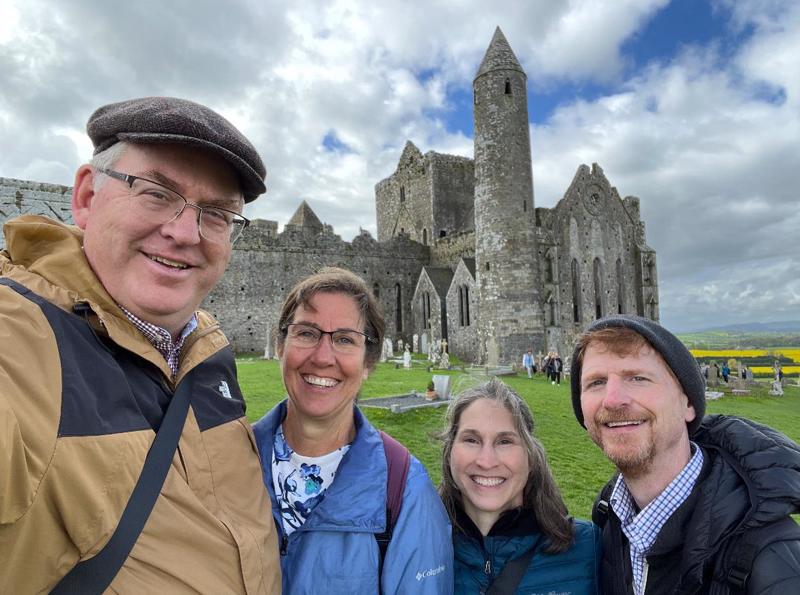
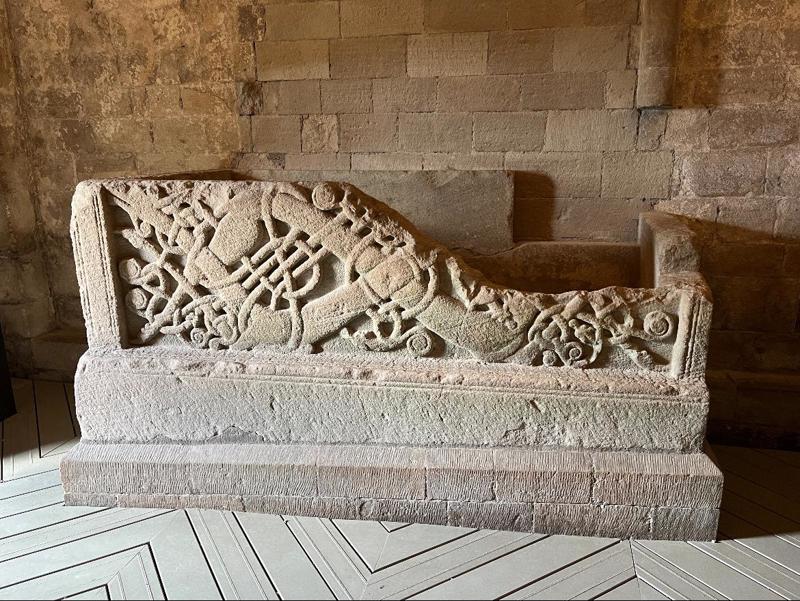
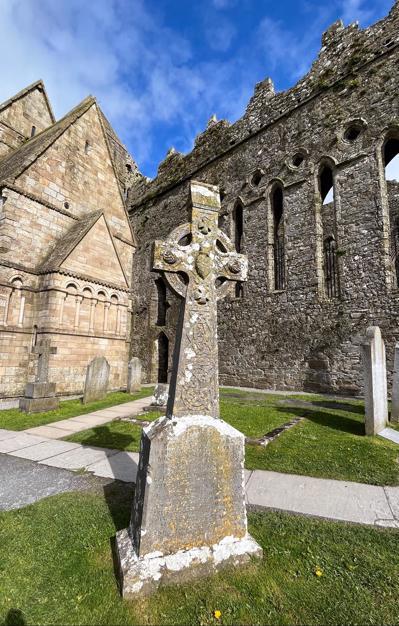
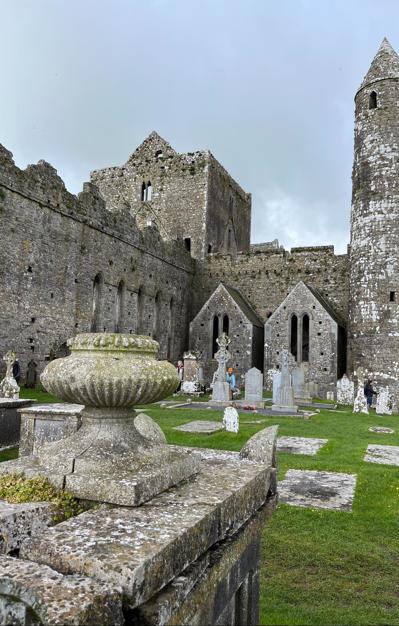
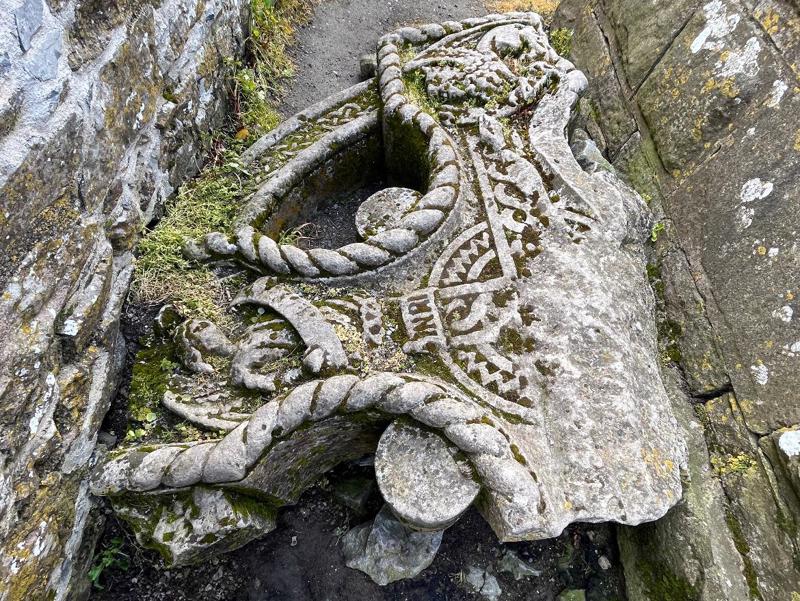
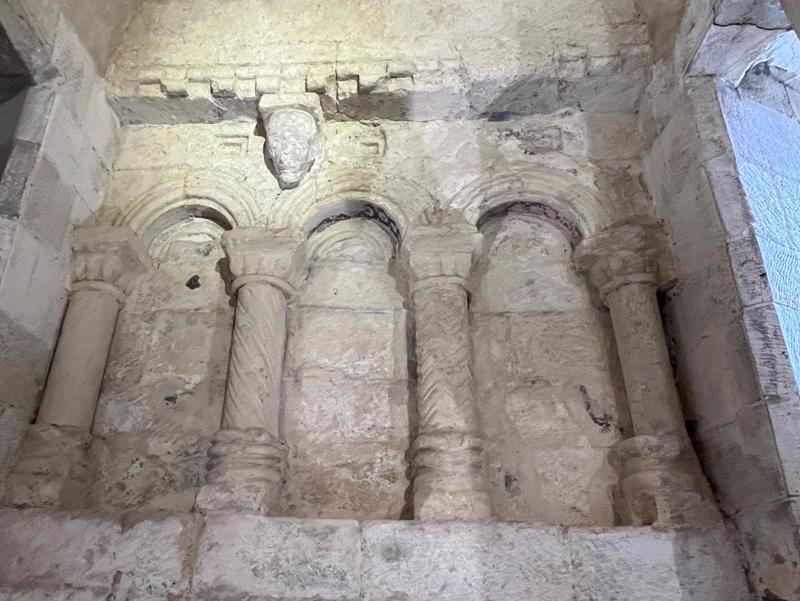
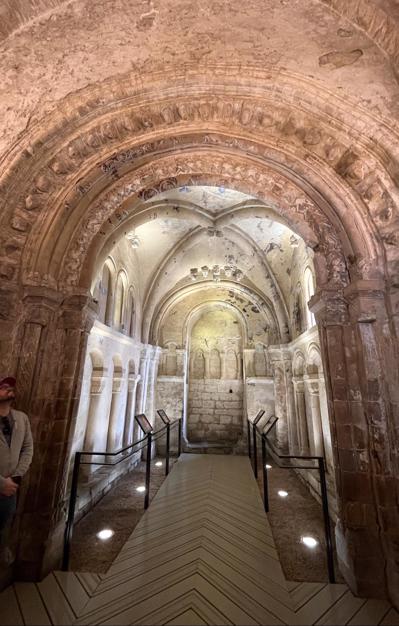
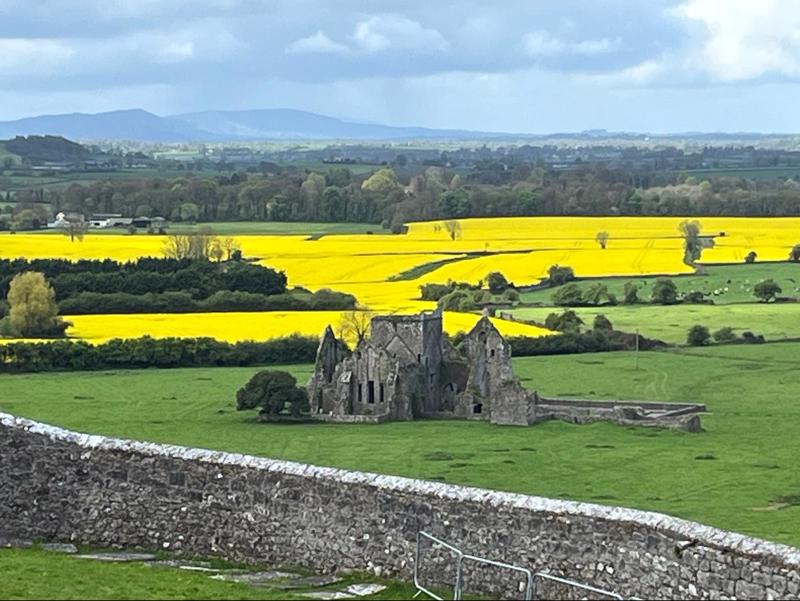
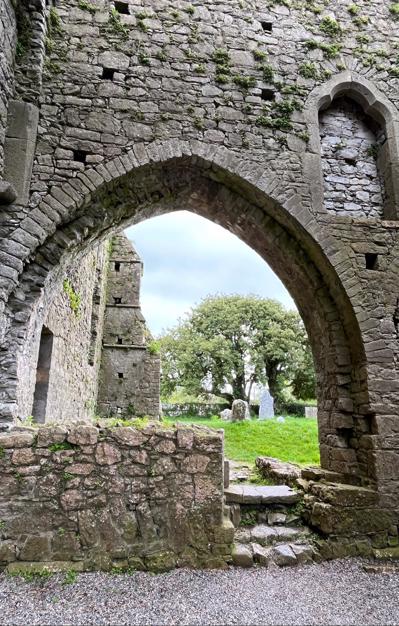
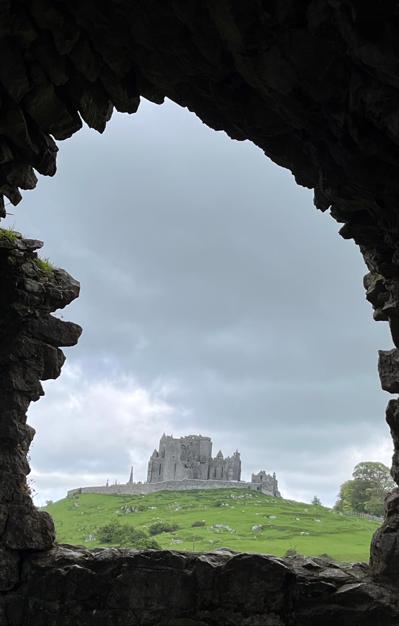
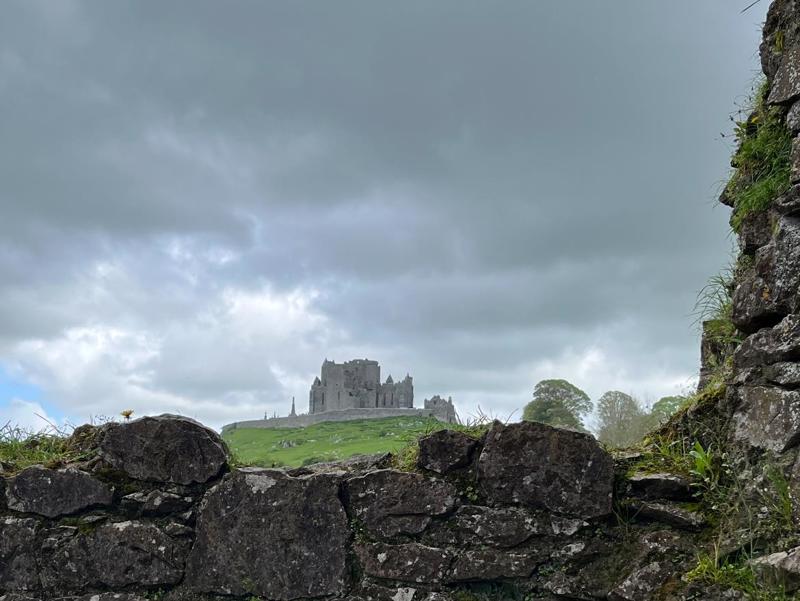
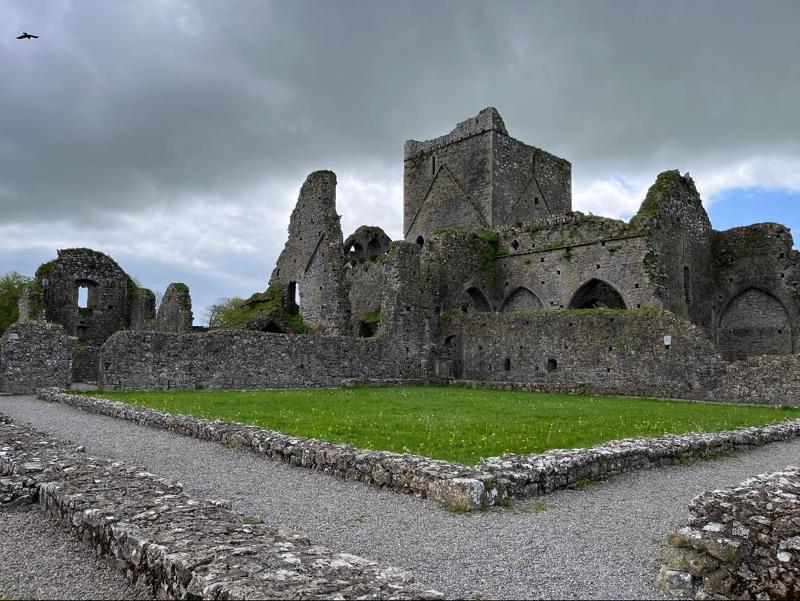

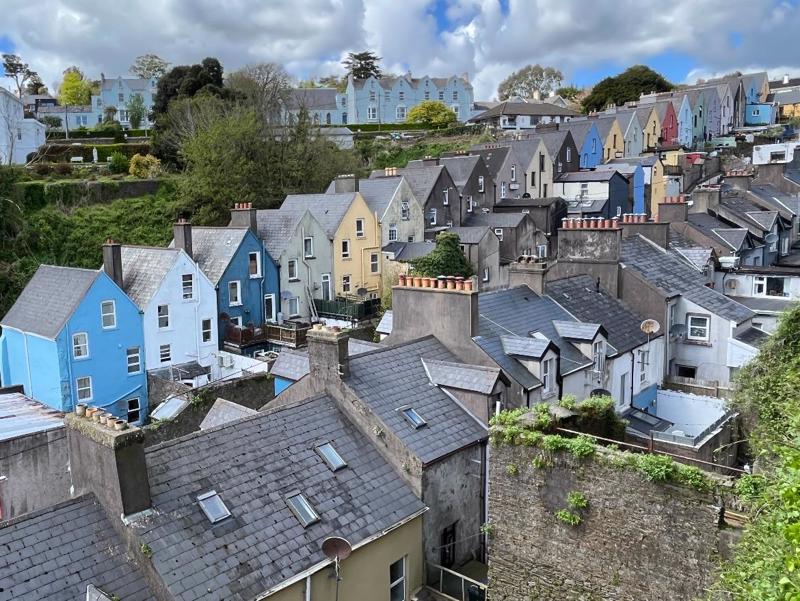

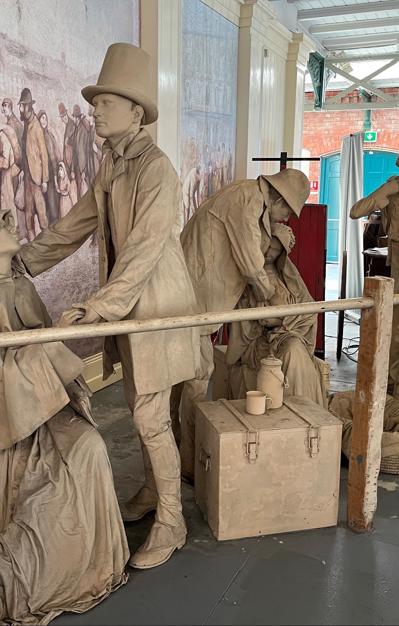

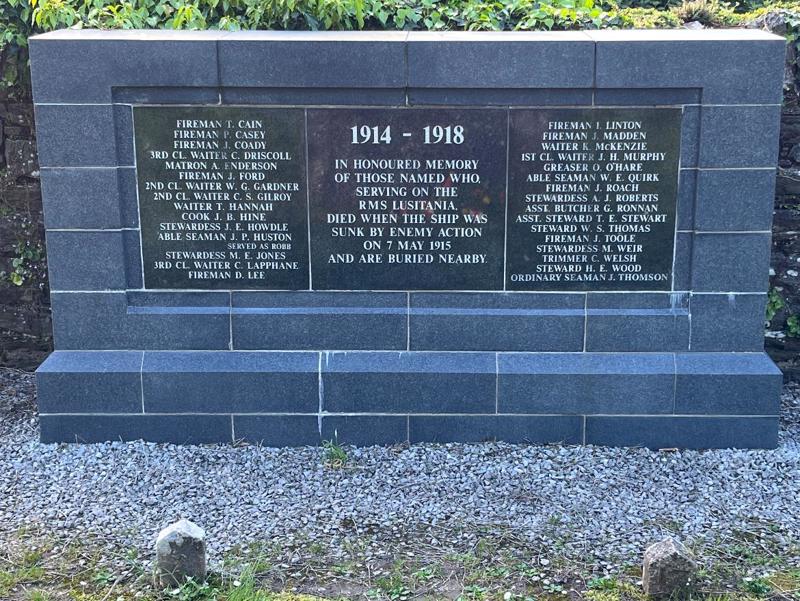

1.
Our Ireland Adventure is About to Begin
2.
Day 1: Travel Day (4/24) & Walking Tour (4/25)
3.
Day 2: Dublin
4.
Day 3: Last Day in Dublin
5.
Day 4: Wiclow and Kilkenny
6.
Day 5: Kilkenny to Waterford
7.
Day 6 : Waterford to Skibbereen
8.
Day 7: In & Around Skibbereen
9.
Day 8: Last Day in Skibbereen
10.
Day 9: Driving the Beara Peninsula to Kenmare
11.
Day 10: Driving the Kerry Peninsula
12.
Day 11: Driving the Ring of Dingle
13.
Day 12: Doolin (Cliffs of Moher) to Inishmore
14.
Day13: Touring Inishmore
15.
Day 14: Inishmore to Westport
16.
Day 15: Westport to Derry
17.
Day 16: Touring Northern Ireland (Giants Causeway)
18.
Day 17: Belfast to Slane
19.
Day 18: Touring Boyne Valley (Our last day)
20.
Day 19: Homeward Bound - Dublin to Chicago
Share your travel adventures like this!
Create your own travel blog in one step
Share with friends and family to follow your journey
Easy set up, no technical knowledge needed and unlimited storage!
© 2025 Travel Diaries. All rights reserved.